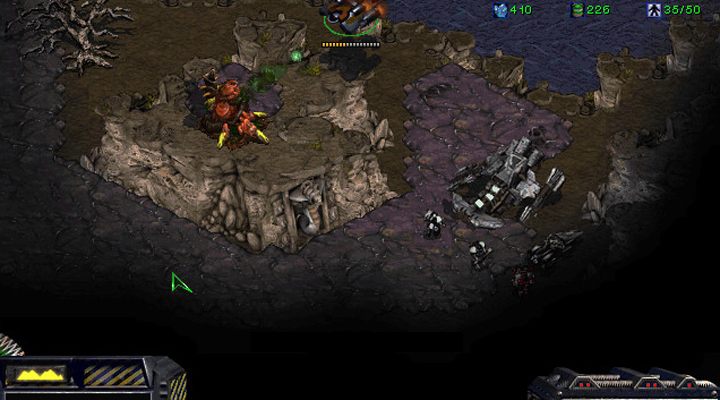


the map funnels players through the center, so they’re visually reminded of playing on an alien world while having fantastic gameplay moments.” “It looks like an alien temple, which scratches that galactic war fantasy. “It’s the middle of the map that I think most people remember,” says Lead Designer Matt Morris, who was in Blizzard QA during StarCraft’s development. Island expansions encourage late-game hijinks, while abundant cliffs force strategic play to dislodge high-ground defenders. Mineral-only third bases drive players toward the center of the map, and toward each other. Why is Lost Temple so popular? Easily accessible natural bases (the expansions closest to the players’ starting bases) help competitors bolster their early economies and enter an exciting mid-game phase with plenty of units. In that way, the map is a microcosm of StarCraft itself: a hand-crafted product that took on a life of its own. Still, Mercer certainly didn’t expect Lost Temple to become such a runaway hit. The team wanted to create battlefields that allowed multiple strategies, were unique, created opportunity for mastery, and were fair to all three races, while maintaining a high standard of artistic quality.Īmong the original maps, Lost Temple may have come closest to achieving those goals. Mercer recalls several design goals that went into Lost Temple’s development-along with the rest of the original maps. “There’s a bit of fuzzy memory going on here.” “We’re talking about close to 20 years ago,” he says. When asked about Lost Temple’s development, Principal Designer Scott Mercer takes some time to think before answering. StarCraft’s original maps, like the rest of the game, were created under tight deadlines almost 20 years ago.


 0 kommentar(er)
0 kommentar(er)
